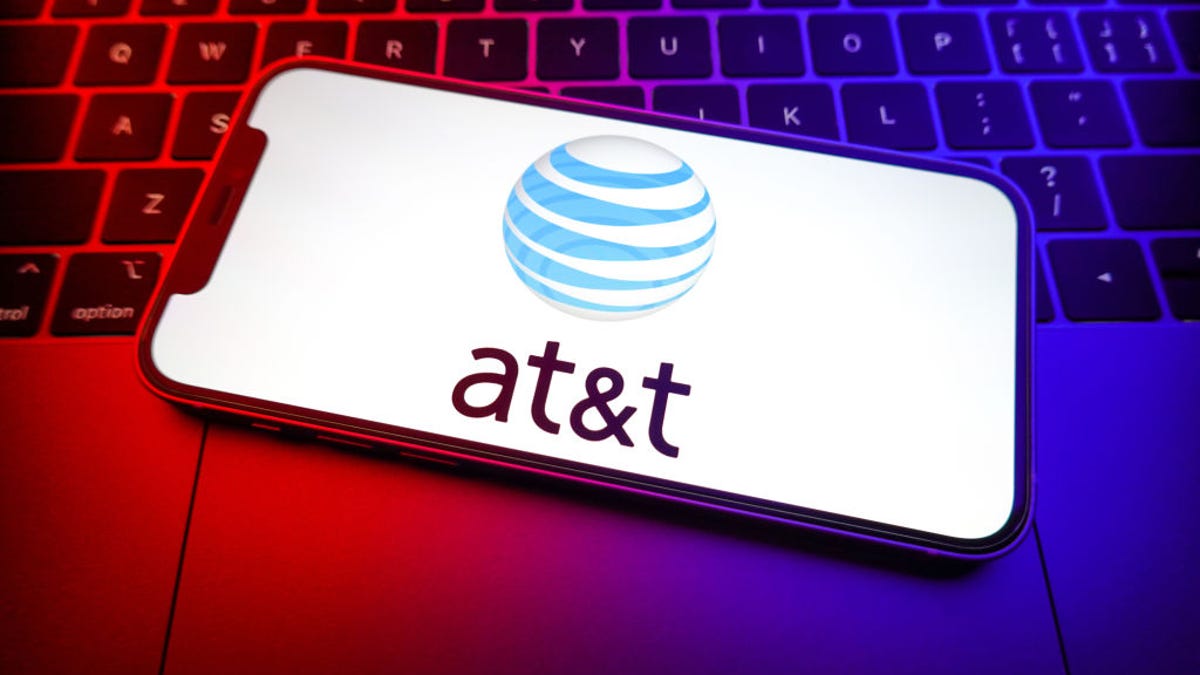AT&T Adds Phone Subscribers as Its 5G Network Prepares for AR
Expect to use gigabits more data every month.

AT&T kicked the year off gaining more phone subscribers and preparing its network for augmented reality devices, according to results from its first fiscal quarter of 2023.
The Dallas telecom company reported its earnings on Thursday, adding 424,000 postpaid net phone additions, a metric used by the industry to denote success and dependable revenue. AT&T credited this with a refocus on customer satisfaction, reflecting a planned decline in promotional offers that started last quarter.
The carrier's midband 5G network now reaches 160 million people, and AT&T still has a goal of reaching 200 million Americans by the end of the year.
AT&T CEO John Stankey affirmed that market slowdown, though expected, had affected the business. On the mobile side, this includes consumers on the lower end of the market sticking with their phones for longer as they tighten spending.
"We've seen a little bit of a drop off relative to some of the traditional upgrade rates," Stankey said.
On the other end of the market are devices using augmented reality like Apple's AR/VR headset which will rely on 5G networks like AT&T's for data on the go. While getting complex 5G networks operating the right way has been "a little bit of a journey," Stankey said, they're going to be scaled up enough by year's end to support the AR devices that are likely coming "as we exit this year." When they do, they could drive customer data rates up by a couple gigabits, which would be challenging to 5G networks. AT&T will likely sell AR devices, too.
"As we have in the past, we will probably be one of the types of channels that help distribute these additional devices that people ultimately will use in new ways," Stankey said. "More than likely they're going to be things that are nice add-ons in family plans."
Stankey also noted another challenge in the quarter: severe weather across the country that battered AT&T infrastructure, including in California where storms had worn down some of the copper infrastructure of the carrier's non-fiber broadband internet.
AT&T reported 23,000 net losses across total broadband, which ultimately outweighed the 272,000 fiber net additions in the quarter. Stankey noted that the growth in fiber is significant given a decline in Americans moving to new homes, and that the company now has 7.5 million fiber subscribers (which started outnumbering non-fiber broadband and DSL customers at the end of last year).
In addition to continuing to build out fiber, AT&T is also experimenting with artificial intelligence. As part of a partnership with graphics card maker Nvidia, the carrier is using AI to more intelligently dispatch its technicians, as well as improve customer support.
AT&T reported $30.1 billion in revenue, slightly higher than the $29.7 billion made in the same period a year ago, which the carrier credited to mobile and consumer internet revenue gains as well as growth of its services in Mexico. This revenue broke down to an adjusted earnings per share of 60 cents, which came in higher than the 58 cents expected by analysts polled by Yahoo Finance.
AT&T's stock fell 7.7% to $18.18 in early trading.

